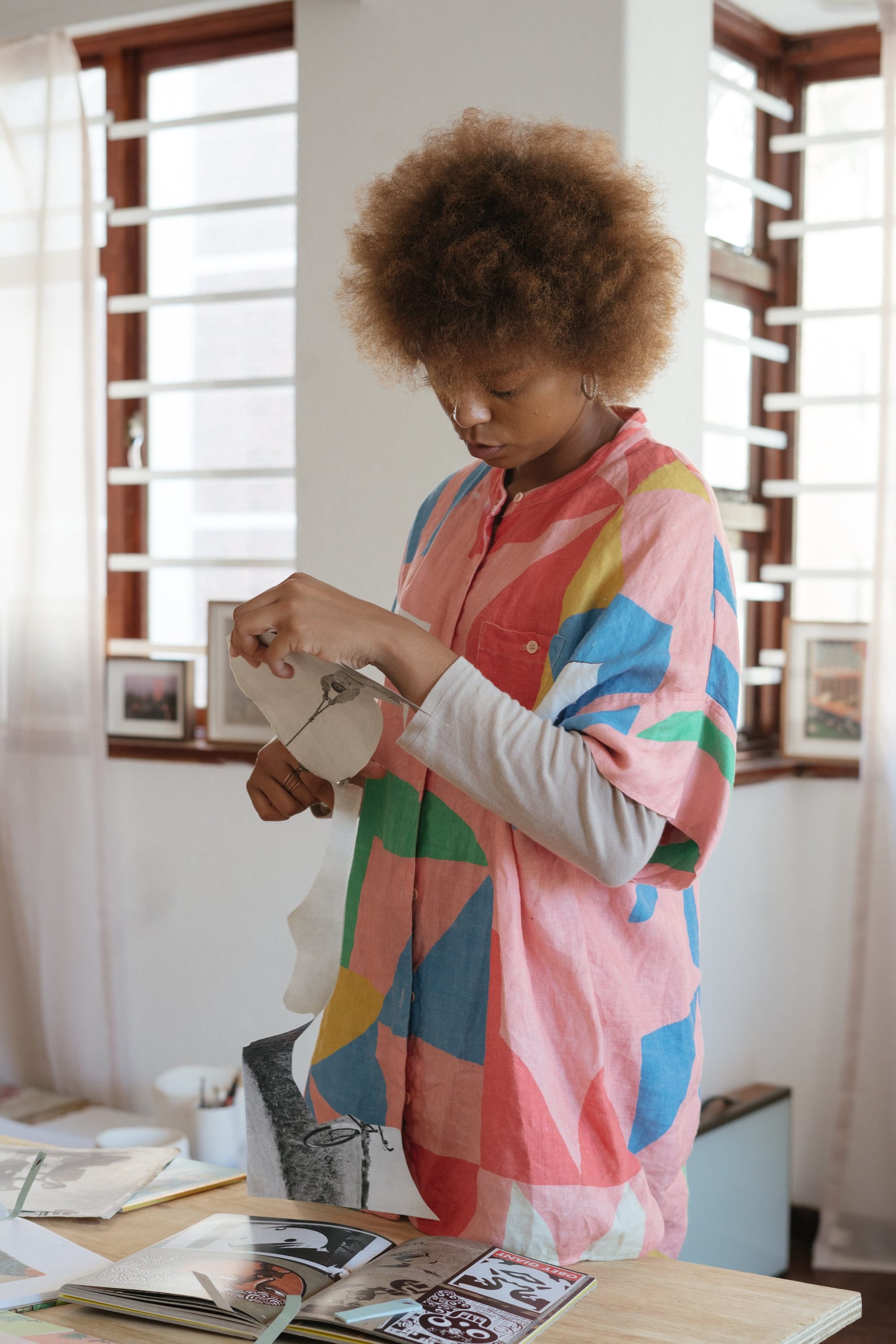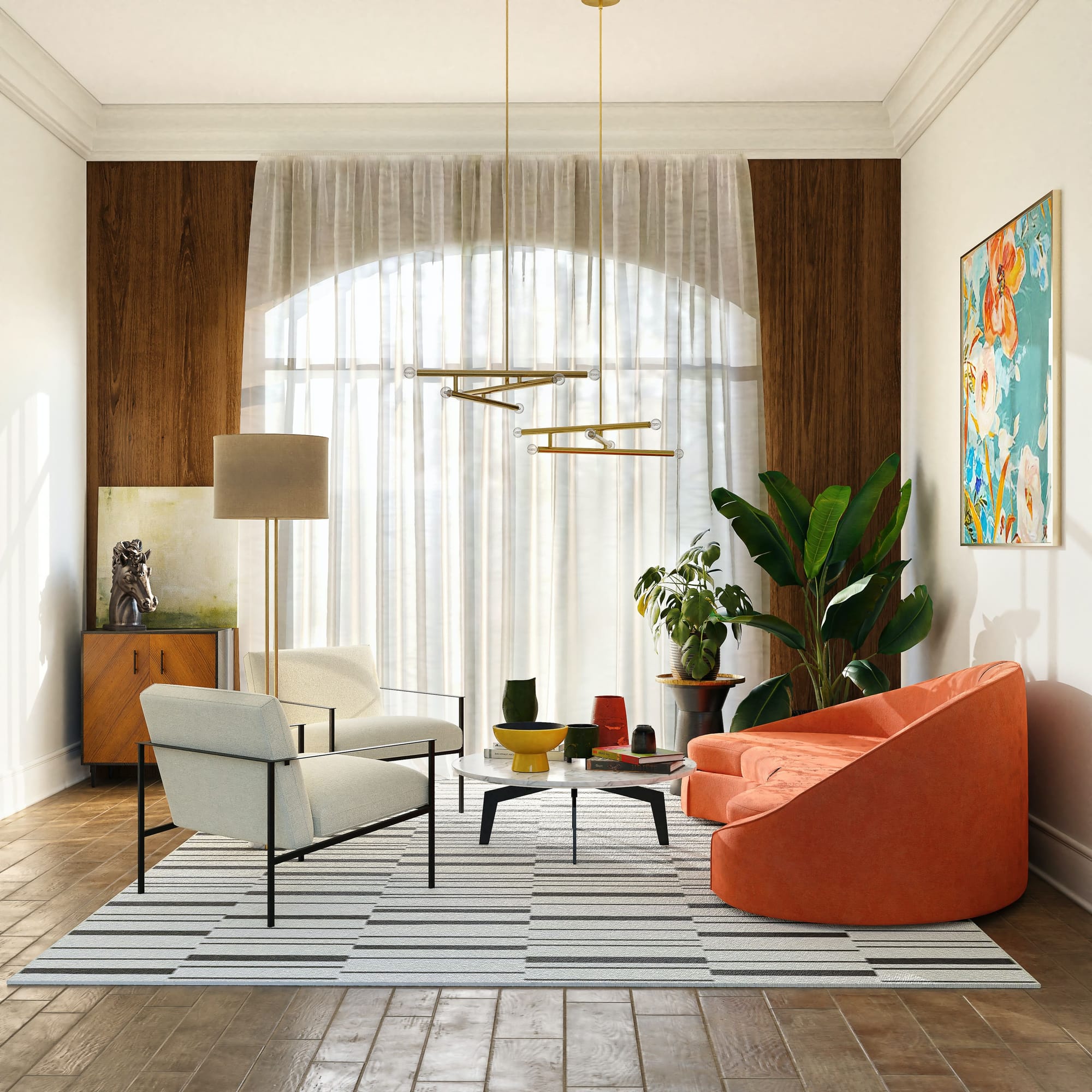Embarking on a home project is an exciting journey, but it can also be a daunting one without a clear vision. Mood boarding is a creative and practical way to craft that vision, allowing you to gather ideas, styles, and inspirations in one place. Join us as we delve into the art of mood boarding with Colin Chee, a renowned expert from the National Trade Society (NTS). With his guidance, you'll learn how to create a mood board that brings your home project to life.
1. The Power of Mood Boards: A Visual Blueprint
A mood board is a visual representation of your project's style and design direction. It serves as a blueprint for your creative ideas, offering a clear overview of the desired aesthetics, colour palettes, textures, and themes. According to Colin, "Mood boards are essential for translating your vision into a tangible plan."
2. Define Your Project Scope: Start with a Goal
Before you begin creating your mood board, define the scope of your home project. Determine what you aim to achieve and the specific areas or rooms you want to work on. Colin emphasizes, "Having a clear project scope ensures that your mood board is focused and relevant."
3. Gather Inspiration: Pinterest, Magazines, and More
The first step in mood boarding is gathering inspiration. Start by exploring various sources, such as Pinterest boards, interior design magazines, and even your own photographs. Colin advises, "Don't limit yourself—collect a diverse range of images and ideas that resonate with your project."

4. Select a Theme: Coherence and Consistency
Your mood board should convey a cohesive theme or style. Whether it's Scandinavian minimalism, vintage charm, or bohemian eclecticism, choose a theme that reflects your personal taste and complements your project goals. Colin suggests, "Identifying a theme is like giving your project a visual language."
5. Colour Palette: Hues that Harmonize
colours play a pivotal role in home design. Select a colour palette that resonates with your chosen theme. Experiment with different shades and combinations, and consider how they influence the mood of your space. Colin says, "colours set the emotional tone of a room—choose them wisely."
6. Texture and Materiality: Sensory Elements
Texture and materiality add depth and tactile appeal to your project. Explore different textures, such as wood, fabric, metal, or stone, that align with your theme. "Texture choices," Colin notes, "are the sensory elements that make a space come alive."
7. Layout and Composition: Balancing Act
As you begin assembling your mood board, pay attention to the layout and composition. Balance various elements, images, and colours to create a harmonious visual. Colin advises, "Consider the arrangement like a piece of art—it should be visually appealing and balanced."
8. Digital or Physical: Your Preferred Medium
Mood boards can be created digitally or physically, depending on your preference. Digital mood boards are convenient for online collaboration, while physical boards offer a tangible, hands-on experience. Colin highlights, "Choose the medium that best suits your creative process."
9. Mood Board Tools: Apps and Platforms
For digital mood boards, utilize apps and platforms like Canva, Adobe Spark, or Pinterest. These tools allow you to easily organize and present your ideas. Colin recommends, "Explore these digital tools and find the one that aligns with your workflow."

10. Iteration and Refinement: Craftsmanship
Creating a mood board is an iterative process. Don't be afraid to refine and adjust your board as your project evolves. "Mood boarding is a creative journey," Colin emphasizes. "Don't be afraid to experiment and fine-tune your vision."
11. Share and Collaborate: Feedback Matters
If you're working with a team or seeking input from others, share your mood board for feedback. Collaborative input can enhance your project's direction and ensure that it aligns with your goals. Colin suggests, "Other perspectives can offer valuable insights."
12. Stay True to Your Vision: The Guiding Light
Your mood board is the guiding light throughout your home project. Keep it in sight as you make design decisions and select furnishings. Colin advises, "Your mood board serves as a touchstone, ensuring that your project stays aligned with your initial vision."
Mood boarding is more than a creative exercise—it's a transformative tool that brings your vision to life. With Colin Chee's guidance and these essential steps, you can craft a mood board that serves as a visual roadmap for your home project. As you assemble your ideas, themes, and inspirations, you'll find that your mood board not only clarifies your vision but also fuels your creative process, helping you turn your dream home into a beautifully designed reality.







Member comments